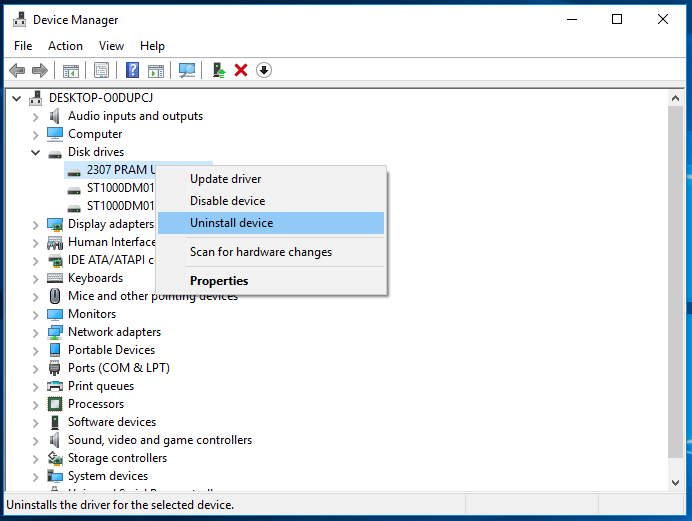

- #Deploystudio server not visible how to
- #Deploystudio server not visible mac os
- #Deploystudio server not visible install
- #Deploystudio server not visible software
Verify that the netboot image that you created using the DeployStudio Assistant is visible. Ensure that you SAVE NOW, as you won’t be able to complete the following step if you haven’t done so.įrom the tab along the top of the main window, select images. Check Ethernet, ensuring that you select the correct Ethernet port if you have multiple Network ports on your server.įrom the bottom of the main window, check off the image and data locations. With Netboot selected in the left hand pane, select Settings>General. We cannot configure the Netboot service until we have created a netboot image, but we will discuss what has to be configured here. All we need to do with this service is ensure that Guest access is set to default and then start the service. Only AFP and Netboot services need to be configured, OpenDirectory can also be configured but is not a requirement.ĪFP, Apple File Protocol, allows us to share images scripts and files across the network. You need to ensure you have a static IP and if the server itself does not have DNS running, then it should have knowledge of the appropriate DNS server. To do so, open Server Admin.ĭeployStudio, DS, doesn’t work well across subnets so you need to ensure that the server you are installing to is on the same subnet as the machines you will be deploying to.

We will be making some changes to the services running on the server. Configuring the server pre DeployStudioĭeployStudio should be installed on a server platform any form of Leopard or Lion will suffice. The instructions for setting up and configuring the server have been influenced by the instructions within the DeployStudio manual, which is referenced at the end of this document.
#Deploystudio server not visible how to
Once we click the play button, the workflow does its thing and requires as much interaction from the user as defined in the workflow configuration.īefore delving into that, we’ll have a look at how to create a Deployment server.

Much the same as MDT 2012, we will boot to the netboot image and select the workflow we want to run. The deployment process itself couldn’t be simpler. Once we have the server setup we can turn our attention to the deploy admin utility and begin the deployment process.
#Deploystudio server not visible install
Our master workflow will partition the drive in a way, which will allow us to install Windows 7 after the successful installation of Lion.
#Deploystudio server not visible software
Some packages require more work than others, hence in our main deployment workflow we have multiple package installation bundles as some software is happy to be installed from the netboot image, others require to be installed at next boot.Īs we are dual booting the iMacs, we will be using rEFIt to manage a GUI boot loader, giving the user a graphical interface in which to select whether the mac boot into Lion or Windows 7. When it comes to automating the installation of applications we can use the Iceberg package manager running on a target machine, to capture the apps and then copy them to the deployment server. We can add packages for deployment and we can monitor the ongoing deployment tasks to clients. As well as giving us access to the features of DS, we can also access tools found in Utilities disk and network utilities, terminal, etc.įrom the DS admin tool, we can amend our workflows and create new ones.
#Deploystudio server not visible mac os
Then create a netboot image – this is basically the mac version of a WinPE though a lot larger in size, nearly 2.5 GB! The netboot image is a striped down version of the Mac OS and is what we boot into when running a workflow. Firstly, you create your deploy server via the DS assistant. Please see the foot of this post for references… The theoryĭeploystudio is a fairly straightforward package.

Here is how I managed to get it all working… To rollout Win 7, I used an altered Task Sequence from MDT 2012. I used rEFIt to manage a GUI bootloader to switch between Lion and Win 7. To deploy the Mac side of things, I used DeployStudio. I used a combination of tools as we dual booted the iMacs with Lion and Windows 7. We have finally gotten round to automating the rollout of our Mac lab. Well I’ve been pretty busy lately working with Mac’s which is something I don’t do very often.


 0 kommentar(er)
0 kommentar(er)
